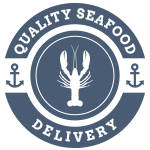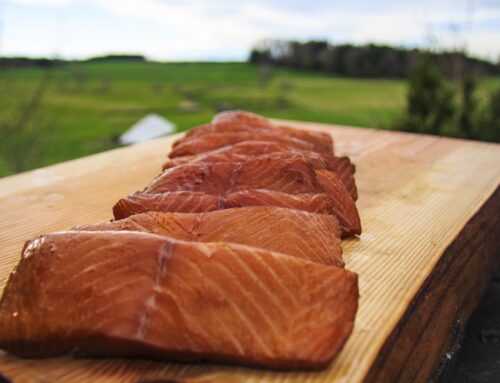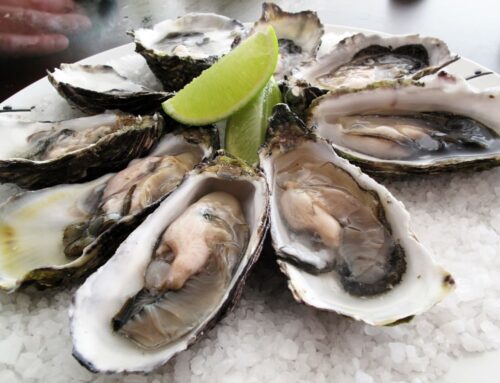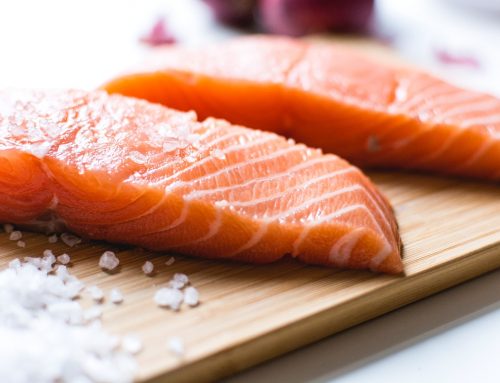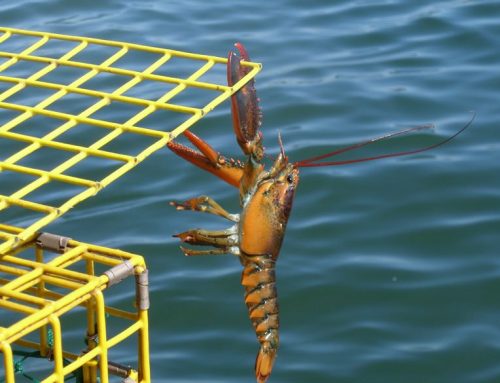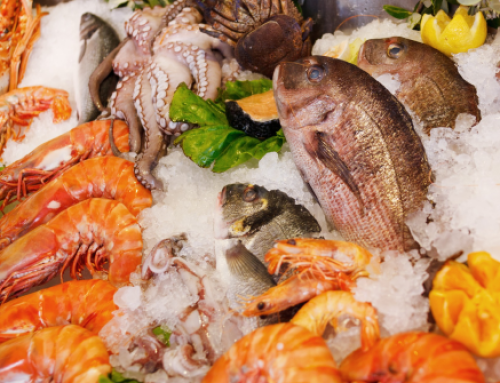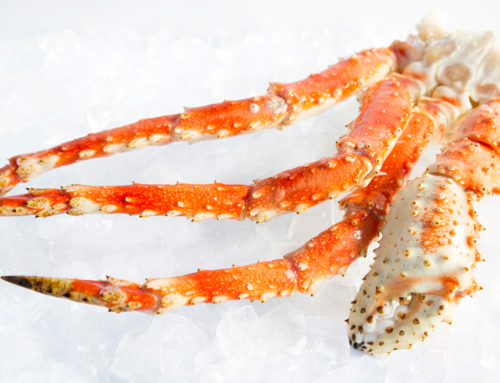In early December 2019, democratic presidential candidate Elizabeth Warren released her Blue New Deal, a plan designed to combat oceanic transformation in the wake of climate change. This plan addresses the crisis Earth’s oceans are facing: more than 90 percent of global fish stocks are fully exploited, the ocean has absorbed 93 percent of the heat trapped by greenhouse gases, and warming waters have disrupted migration patterns bleached coral reefs, and fueled sea level rise. The Blue New Deal, according to the Warren campaign, will initiate the changes necessary to save our oceans.
What is the Blue New Deal Plan?
For commercial fisheries, the plan introduces another level of ambiguity in an already precarious industry. The plan is 15 pages long and addresses several aspects of oceanic change, but nowhere in those thousands of words does it mention the commercial fishing industry. In fact, the word “fishermen” appears just three times in the entire document.
What the plan does say about fishermen is not surprising or new in any way: “NOAA should make it easier for fishermen to sell seafood directly to U.S. consumers and include additional vulnerable species in the Seafood Import Monitoring Program – so the public can know where their seafood comes from and that it was caught in an ethical and sustainable way,” the Deal writes. The plan also says the presidential candidate will invest in America’s young fishers by, “increasing funding for new business development programs established through the Young Fishermen’s Development Act.” This is a nice initiative, but many fishermen along America’s east coast are concerned about their current businesses – not any future ventures.
Later in the document, fishing appears in a section about protected marine areas. It writes that the plan will benefit fishermen because fish populations outside boundaries of the protected area will be replenished. Again, this sounds like a good idea, but there is very little data to support this argument.
New Pressures on the Industry
Commercial fisheries have been facing escalating regulations and battles over fishing quotas for many years. These initiatives are designed to support environmental sustainability, but they often fail to consider the human cost – the livelihoods of those working in the commercial fishing industry. The unveiling of the Blue New Deal only increases uncertainty for fishers.
Of course, the fishing industry itself is not the most environmentally friendly enterprise. It affects a number of marine conservation issues, including fish populations, habitat degradation, and water pollution. However, large, systemic changes to ocean conservation will be met with anger and frustration from those working in the industry unless there is mention of the livelihoods at risk. It seems that this American plan could borrow from the U.K,’s Economic Foundation’s Blue New Deal, which discusses the economic impact on fishers at length.
There is only so much a 15-page document can address. This is especially true of the Blue New Deal, which seeks to highlight environmental protection rather than job security. The Deal is comprehensive in its commitment to the environment, and its popularity is growing. However, if fishers in the United States are to continue earning their livelihoods through the industry, there must be more consideration paid to those workers.
Take note of our Affiliate Relationships that may exist with this page and companies listed on it.
